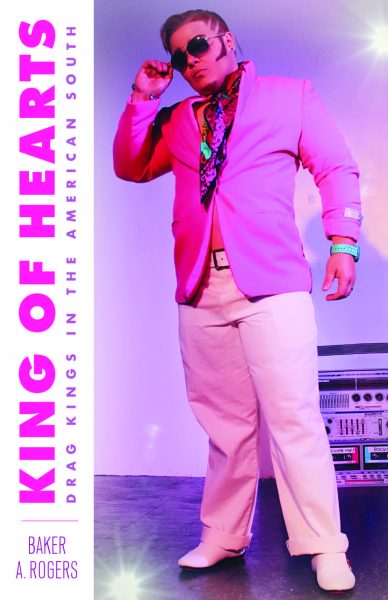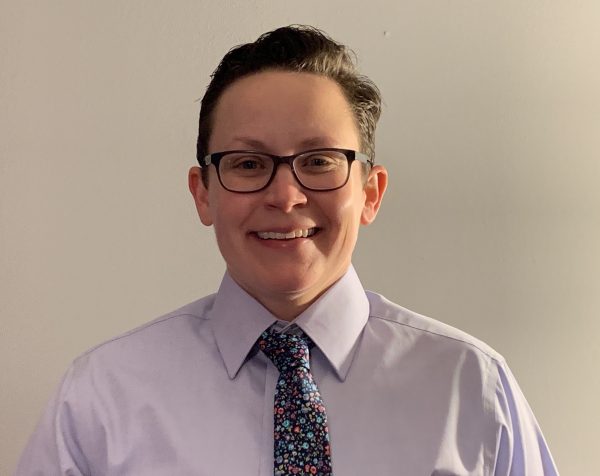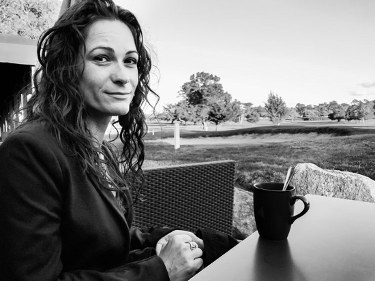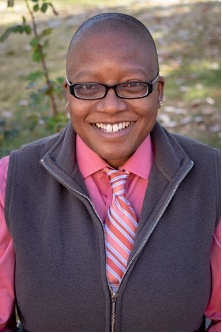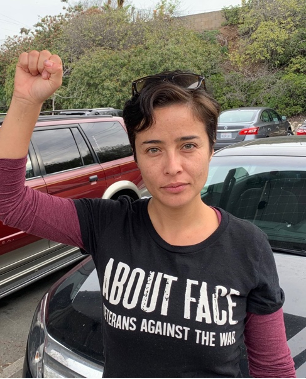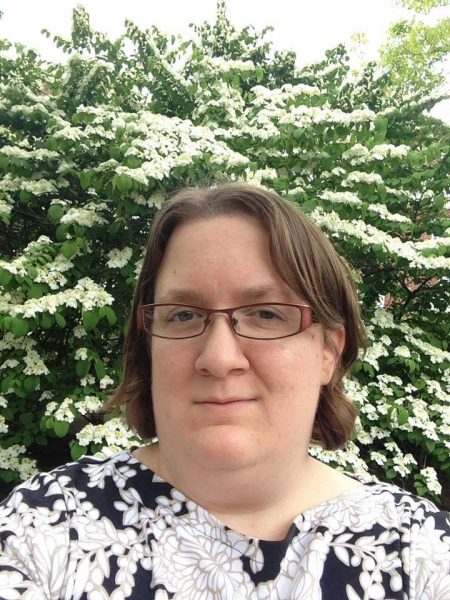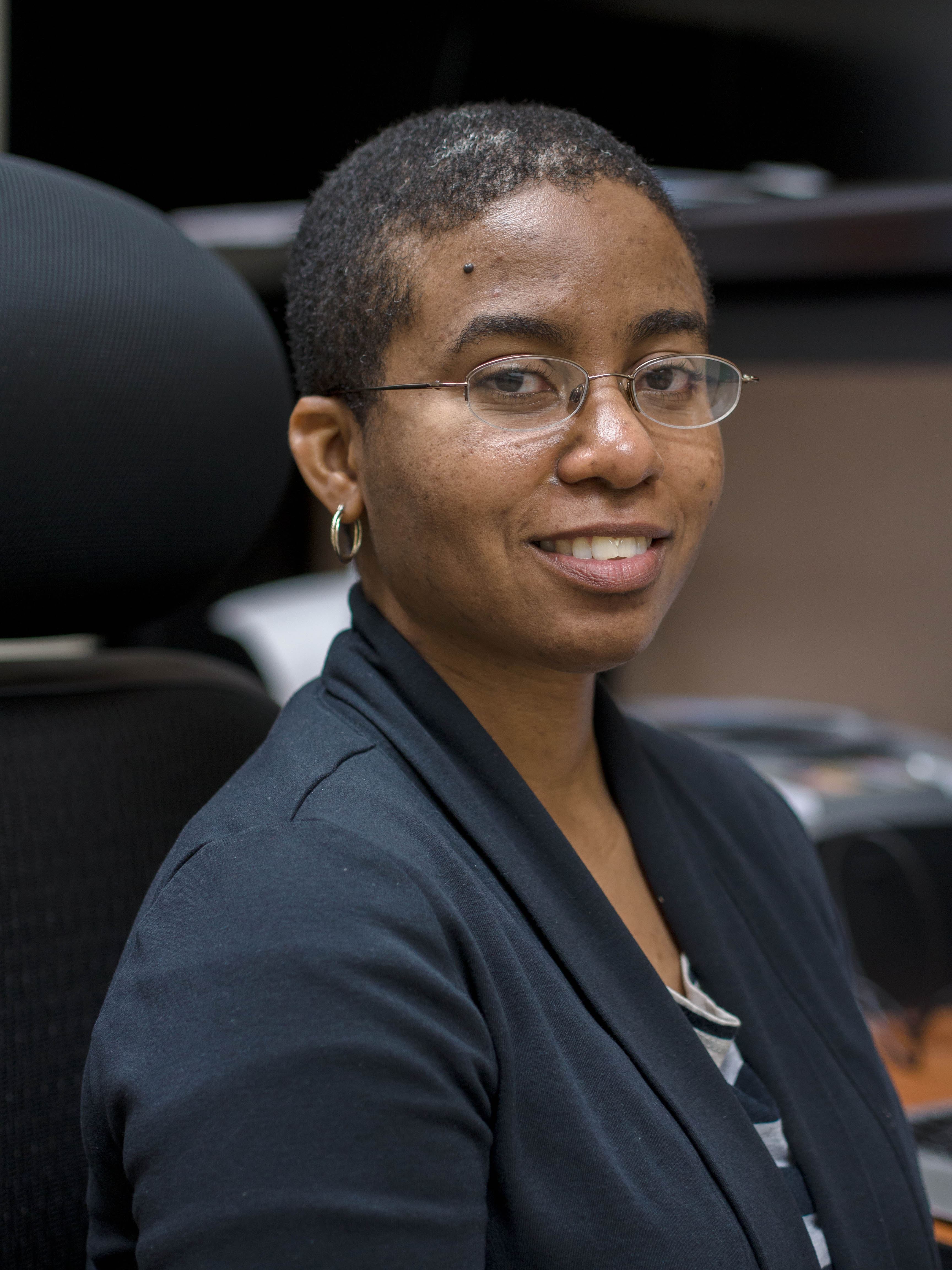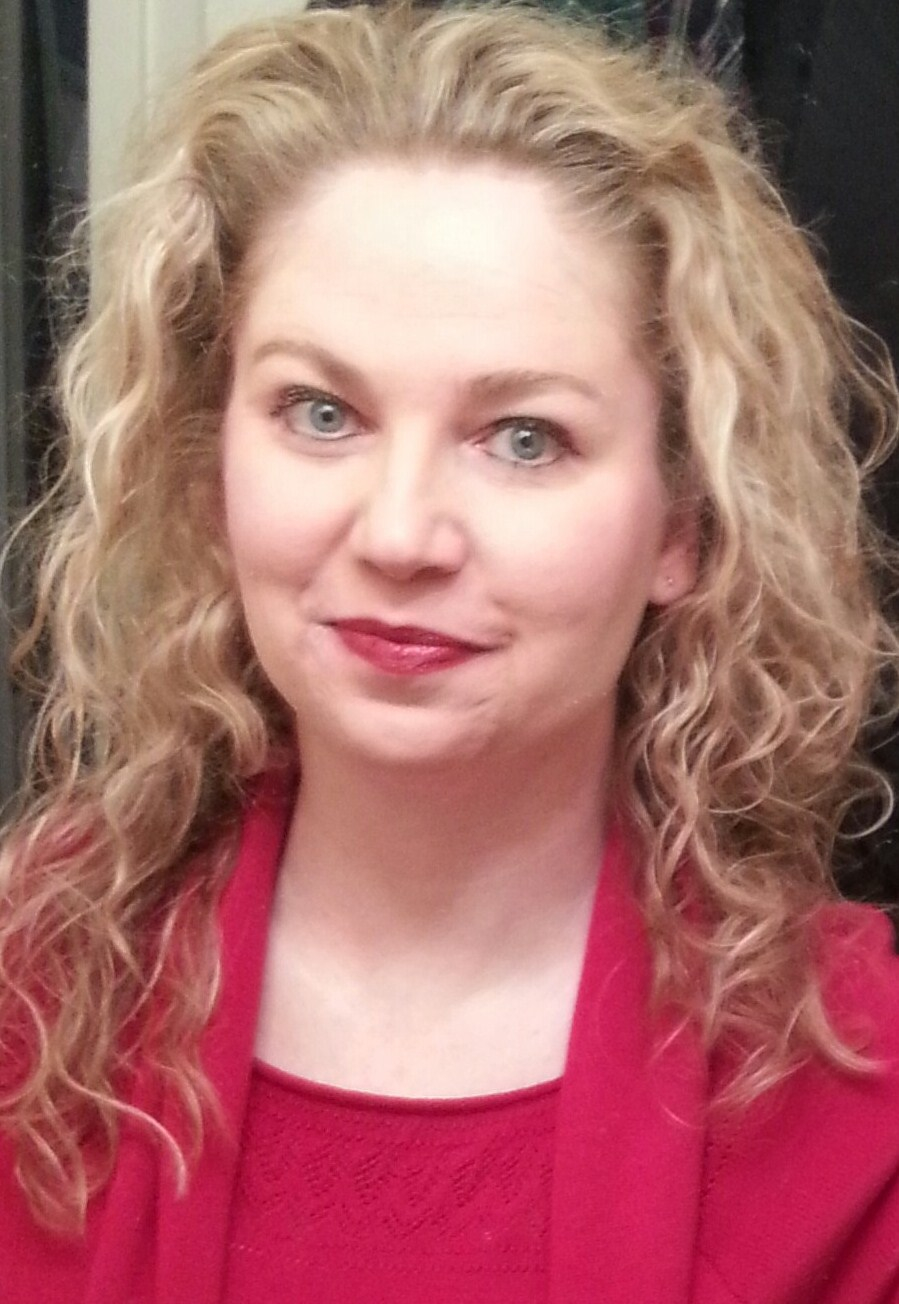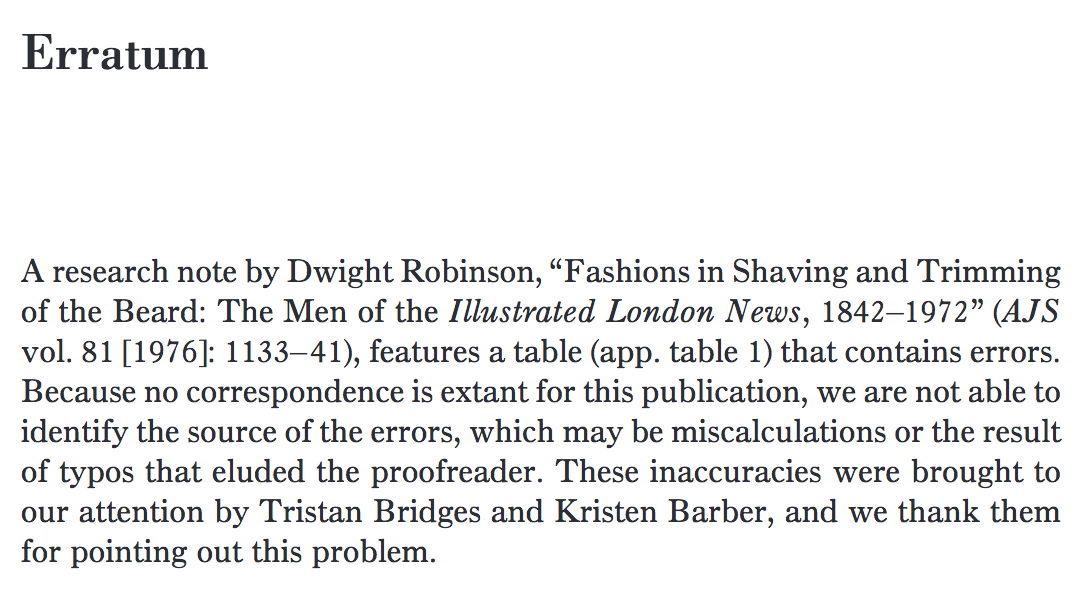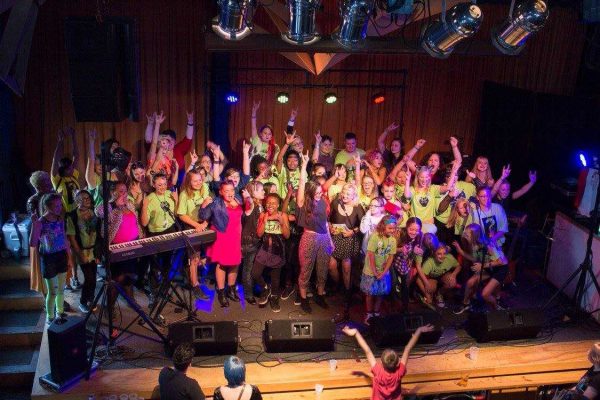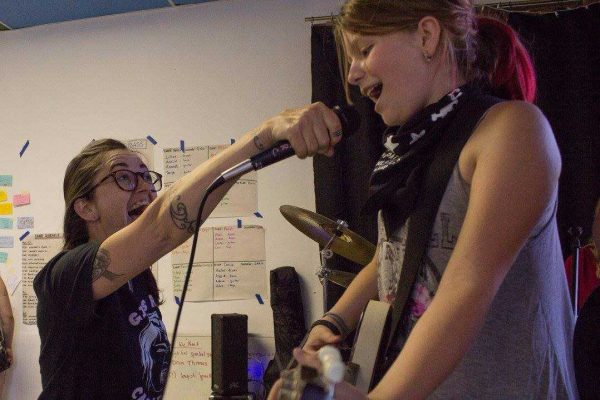Drag is political and can teach us many lessons about gender in our society. While my upcoming book, King of Hearts: Drag Kings in the American South, discusses myriad of these issues, in this essay I take up one lesson about gender that may be overlooked in reading this work: drag proves that the true power of masculinity still lies between your legs in many ways.
Now, hear me out here. Philosophically, I totally agree with Hayden, a 32-year-old multiracial pansexual man and respondent from my book, Trans Men in the South: Becoming Men, that being a man is “definitely not defined by the anatomy that you have and the little thing that’s between your legs.” Despite this philosophical belief, my findings from my research with drag kings in the American South largely disapproves Hayden’s thesis (and my own as well).
The “reversal” in equality between drag kings and drag queens suggests that even the assumption of a penis is more important that the purest expressions of masculinity, at least in some contexts. Consider the following: drag queens have always been dominant in the world of drag. That is, those people performing femininities hold power over those performing masculinities. Drag queens continue to have more influence, status, and resources than drag kings, both in the world of drag as well as beyond. Drag king culture has, for instance, in no way approached the same level of pop culture visibility as drag queen culture. There is no equivalent to RuPaul’s Drag Race for drag kings. Drag queen story hour at libraries do not generally include kings. There are no movies about drag kings that come close to the popularity of To Wong Foo or The Adventures of Priscilla, Queen of the Desert.
There are several reasons for these inequities. One, as I discuss in the book, is related to gender pay inequality in work. This contributes to unequal pay and wealth between genders. For instance, Carpenter and Eppink (2017) found that between 2013 and 2015, the average annual earnings for heterosexual men were $57,032, for gay men $59,618, for heterosexual women $39,902, and for lesbian women $47,026. Income and wealth inequality mean that drag queens, and gay men more generally, have more money and resources to put into the performance drag, to own and frequent bars where drag shows are performed, and are likely to have more leisure time to prepare for shows and frequent shows than drag kings. Overall, women and trans men make less money than cis men, are less able to support women and trans owned businesses and have a more difficult time accessing capital to open businesses. Relatedly, cis gay men, like RuPaul, are more likely to get TV deals, than trans men or lesbian women.
Drag queens often feel a sense of entitlement to drag, related to their masculine power outside of drag and queens’ longer history with this type of performance. Although kings perform masculinities on stage, they are usually assumed to be female-bodied underneath their attire by audiences and bar owners, and therefore not entitled to male privileges. Queens, who are assumed to be male-bodied, hold more power within drag. Performers’ claims to the privileges attached to male bodies in our society carries over to drag, even when they are performing femininities.
Furthermore, there are few lesbian bars remaining in the U.S. While the number of queer bars has declined in general, lesbian bars have been more vulnerable to closing. Today, it is largely cis gay men who own the remaining queer bars and control who gets to perform drag, which nights they perform, and how much they get paid. In the U.S., there were approximately 200 lesbian bars in the 1980s, and today only about 15 remain, with only two of those in the Southeastern U.S. In fact, there were more lesbian bars in the 1930s than there are today. For a specific example, in New York City there are currently three remaining lesbian bars, compared to the forty plus gay bars. This means gay men and drag queens now almost completely control the drag scene. There are many reasons lesbian bars have largely disappeared, including pay inequality discussed above, the effects of gentrification, and queer people being accepted more into the general culture, to name a few.
While some of the kings I spoke to had good relationships with queens, many felt the relationships between kings and queens were tense due to power inequalities in the drag scene. Some queens feel that the kings do not put in as much work as queens for their performances, or that kings are simply not as entertaining queens, and they make their feelings known. The fact that gay men and drag queens are gatekeepers to drag culture has resulted in kings receiving less time, space, attention, and status within the drag scene.
Roscoe McCoy, a 45-year-old multiracial gender fluid king living in Georgia, explained some of the problems with queens being the gatekeepers to drag. When he moved to a new city in Georgia, he shared, “I had to re-establish myself over here, because everything here was run by the same clique of drag queens, and they didn’t give a damn who you were or where you had performed or anything like that… The queens run the scene, so if you don’t get in with queens, you don’t get stage time. You don’t get a shot.” According to Roscoe, “If you didn’t kiss ass for certain queens, you weren’t in the clique, you couldn’t get into a bar, and you couldn’t get booked.” However, Roscoe also claimed, “My personal experience here has been that the queens that control that flow are not the ones that I want to owe favors to.”
Ayden, a 44-year-old white lesbian woman in South Carolina, said he wished there were “more unifications between drag kings and drag queens.” Ayden thought that a lot of the division between the kings and queens was related to a divide between “the lesbian world and the gay man world,” worlds he believed “cannot mix because of whatever judgments or whatever preconceptions they have about either group.” He went on to say that like in the world outside of drag, rarely do gay men and lesbian women mix: “You’ve got your gay men, you’ve got your gay bars, and you’ve got lesbian bars, and you’ve got your lesbian night at the gay bar.” Ayden lamented that drag was supposed to offer “a place where everybody can laugh at themselves…be carefree for a bit,” but he said that the “tension between those two groups is not very attractive and can be felt within the audience as well.”
Finally, Ryder Cox, a 32-year-old Native American and white, trans man who was among the first kings on the scene in South Carolina, said that “some of the queens maybe felt like their toes were being stepped on.” Like some other kings I spoke to, Ryder believed that queens felt animosity toward kings because they believed kings didn’t (or didn’t have to) put in as much effort as queens to perform. He said, “Once [queens] realized that we do put work into it and we do have to learn all our lyrics just like they do, pick outfits, and put on an actual performance and not just stand on stage and you know lip sync,” the queens started to respect kings more.
Newer kings, those who started performing in the 2010s, didn’t discuss the controversies between kings and queens as much as the older kings. In fact, many of the newer kings had close relationships to queens and some performed with queens regularly. While further research is needed, hopefully this is some evidence that drag queens have begun to respect kings more and that they are working together to improve the drag scene, rather than fighting over drag space, time, and status. Despite this, as lesbian bars continue to disappear and few queer and inclusive spaces pop up to take their place, cis gay men and drag queens will continue to hold dramatically more power over the drag scene in the U.S. Due to sexism and transphobia, lesbian women, trans people, and other queer people are unable to sustain bars and spaces in the way cis gay men have been able to, which points to the heightened inequality within this already marginalized community.
__________________________
Baker A. Rogers (they/them or she/her) is Associate Professor of Sociology at Georgia Southern University. Their research focuses on inequality, specifically examining the intersections of gender, sexuality, and religion in the U.S. South. Their book Conditionally Accepted: Christians’ Perspectives on Sexuality and Gay and Lesbian Civil Rights, was released with Rutgers University Press in December 2019, and their book Trans Men in the South: Becoming Men, was released with Lexington Books in January 2020. Their work is also published in numerous academic journals including Men and Masculinities; Journal of Interpersonal Violence; Gender & Society; and Qualitative Sociology.
For more about drag kings in the Southern United States, check out my book, King of Hearts: Drag Kings in the American South, with Rutgers University Press, which will be released in October 2021.

